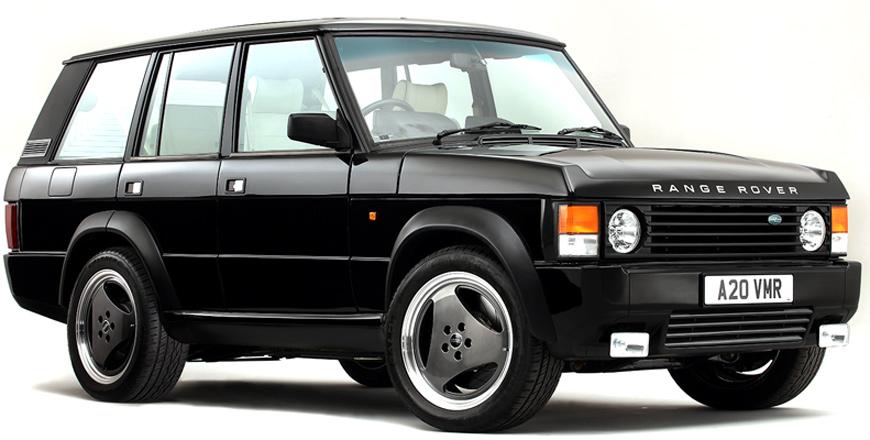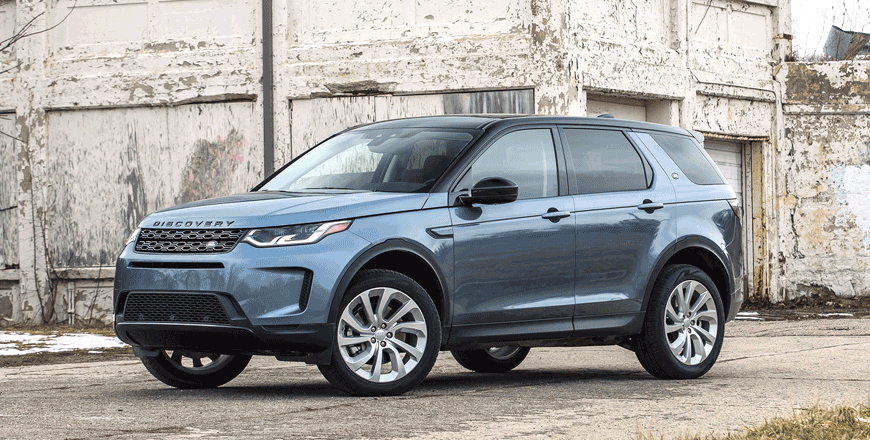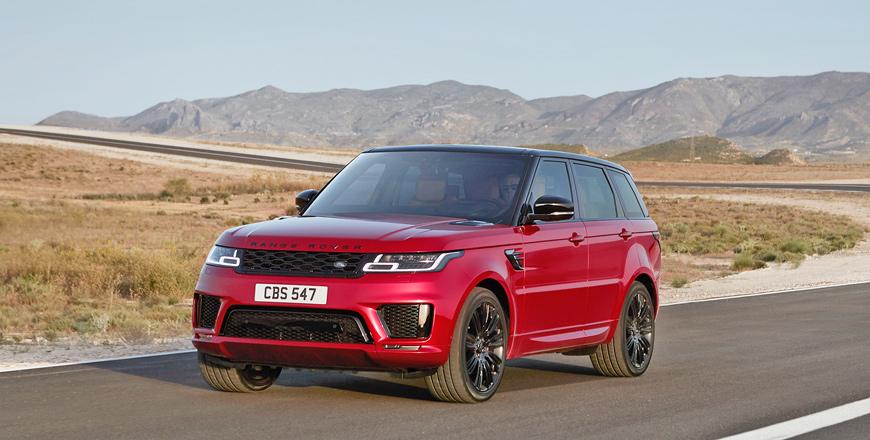You are here
JIA Range Rover Chieftain: Reinventing an automotive icon
By Ghaith Madadha - Aug 06,2018 - Last updated at Aug 06,2018

Photo courtesy of Jensen International Automotive
An uncannily familiar and satisfying combination of classic design and modern muscle, the Range Rover Chieftain is Banbury, UK-based Jensen International Automotive’s (JIA) follow-up to the revived, reinvented and modernised Interceptor R. Following a similar path as their updated and thoroughly more luxurious and powerful version of the classic 1966-76 Jensen Interceptor grand touring coupe, the Chieftain is similar in intent, yet a more complex engineering recipe. Based on a more recent and more globally recognised British design icon in the form of the 1970-96 Range Rover, the Chieftain is intended to garner broader, slightly younger and more international clients and appeal.
Expected to appeal to those with fond recollections and aspirations to own the iconic original Range Rover, the Chieftain was also developed with the broader Middle East market firmly in mind, given the general popularity of large, powerful and luxurious SUVs and the Range Rover’s particular regional resonance. A bespoke and highly personalised build from ground up once commissioned by a client, the Chieftain super-SUV is as exclusive as cars come. It is nevertheless developed as an indulgently comfortable high performance daily drive with robust, reliable and easily serviceable mechanicals, rather than as a delicate and temperamental garage-diva to be squirreled away by owners.
Bespoke built
Familiar yet significantly more potent in both brutally-epic supercharged V8 engine and aesthetic treatment, the Chieftain’s powerplant is sourced from the outgoing Cadillac CTS-V. Its design meanwhile retains the original Range Rover’s clean lines and surfacing, clamshell bonnet, iconic fascia, big glasshouse and all-round utility.
It, however, sits lower, wider with a more intense and urgent demeanour, featuring more sculpted, angular and upright integrated bumpers and massive blistered wheel-arches. Accommodating a wider track inherited from the Land Rover Discovery chassis it is built on, the Chieftain’s muscular wheel-arches also house vast bespoke retro period-style 20-inch alloy wheels, 275/40R20 tyres and larger, more effective AP Racing brakes.
Under its evocatively reinterpreted skin, the Chieftain is built on a 2004-16 generation Land Rover Discovery chassis, including its light, long-geared steering and independent double wishbone air suspension in place of the classic Range Rover’s ruggedly old-school, but less comfortable live axles. Both repaired and restored as necessary, a classic five-door Range Rover body is then grafted onto the Discovery frame.
Under the bonnet, the Chieftain’s modern General Motors LSA 6.2-litre supercharged V8 replaces the original’s significantly less powerful and Buick-derived historic V8. Also using a GM-sourced 6-speed automatic gearbox and four-wheel-drive transfer case, the Chieftain however loses its Discovery donor’s low ratio gear transfer.
Bellowing brute
As visceral and imposing in sound as sight, the Chieftain stirs to life with a resonant crack of thunder and settles to a bass-laden burble at idle. Comparable in power and performance to Land Rover’s latest brutally quick Range Rover Sport SVR, the 2386kg Chieftain develops 556BHP at 6100rpm and 551lb/ft torque at 3800rpm. And with huge reserves of four-wheel-drive traction and grip for even in wet weather conditions, as driven during a Middle East exclusive test drive on UK roads, the Chieftain blasts through the 0-100km/h sprint in just 4.5-seconds. Capable of well over 250km/h, its gloriously rumbling and growling cruising soundtrack rises to a deep bass mid-range staccato.
With a seemingly bottomless torque reservoir, the Chieftain is languidly effortless and flexible at low-end and mid-range. Viciously quick when prodded more meaningfully, the Chieftain’s responses are immediate and accompanied by intensely bellowing top-end acoustics layered with background supercharger whine, as it speed accumulates with relentless urgency against high wind and driving rain, and despite its blocky 1970s aerodynamics. Confidently able to deploy much of its vast capabilities even on slick roads, the Chieftain’s delivery is that of a sweepingly seamless, consistent and progressive torrent. Gear changes a smooth and quick, yet seemed sensitive to kick-down, but the driven demo was due for further gearbox software fine-tuning.
Supple, smooth
and settled
Designed with on-road use as its primary focus, the only existing Chieftain at time of test drive uses a four-wheel-drive set-up with open differentials, but features a traction control system to help put power down effectively. And while its enormous torque output somewhat compensates for off-road driving, JIA however can install limited-slip or locking differentials for future builds, if commissioned to do so by a client. The antithesis of most modern super-SUV’s slunk, hunkered down cabin, the Chieftain’s airy interior, high upright driving position, low waistline and big glasshouse instead provides significantly better visibility and confidence for placing when driving on- or off-road.
Despite the visual cues that its aggressive body styling and low profile tyres would suggest, the Chieftain is, however, set up for a high level of ride comfort and is a different more relaxed riding vehicle than firm riding modern high performance SUVs. Smooth and supple over imperfect road textures and settled over crests and on rebound, the Chieftain’s comfort-biased air suspension forgivingly soaks up lumps and bumps. Leaning slightly more through corners, the Chieftain nevertheless well contains body roll and feels predictable, tidy and balanced through corners. Confident and more agile through winding switchbacks, the Chieftain’s old school charm soon wins one over.
Exquisitely evocative
Improving on the original Range Rover’s vague steering, the Chieftain’s Discovery-sourced steering could do with being tauter on-centre, but delivers good road feel, accuracy and weighs nicely through corners.
Reassuringly stable at speed, the Chieftain’s four-wheel drive also ensures excellent road holding. Meanwhile well-refined from vibration and harshness, the Chieftain uses new door seals to reduce noise, but given its vintage body and panels, wind noise is more noticeable than in modern competitors, while its evocatively burbling engine and exhaust notes are more audible inside.
Available in right-hand-drive as pictured or left-hand-drive depending on customer requirement, the Chieftain’s cabin is and exquisitely appointed, comfortable and inviting place. Distinctly retro in ambiance inside, the Chieftain’s cabin is however extensively redesigned, refurbished, upgraded and reupholstered with fine leathers, Alcantara roof-lining and Wilton carpeting.
Spacious and offering excellent visibility, the Chieftain’s Monk Design cabin features improved ergonomics electrically-adjustable seats, new centre console and revised switchgear. Additionally, it features a seamlessly integrated period-style dashboard-mounted binnacle with an embedded Apple CarPlay-enabled Alpine infotainment system.
TECHNICAL SPECIFICATIONS
Engine: 6.2-litre, supercharged V8-cylinders
Bore & stroke: 103.25mm/92mm
Compression ratio: 9:1
Valve-train: 16-valve, OHV, fuel injection
Gearbox: 6-speed automatic, 4WD
Power, PS (BHP) [kW]: 564 (556) [415] @6100rpm
Torque lb/ft (Nm): 551 (747) @3800rpm
0-100km/h: 4.5-seconds
Top speed: over 250km/h
Fuel consumption, highway: 14.1l/100km
Weight: 2386kg
Suspension: Double wishbones, air dampers
Brakes: Ventilated discs
Tyres: 275/45R20
Price, UK: starting from GB£250,000
Related Articles
Capturing the glamour, charisma and immersive connection of cars from a bygone era and often lacking in disconnected, over-sanitised, overwe
A more affordable and family-oriented Land Rover SUV with compact dimensions and plenty of practicality, the Discovery Sport was at home bot
First launched in 2013 and face-lifted in 2018, the latest iteration of Land Rover’s second-to-flagship model, the Range Rover Sport receive

















